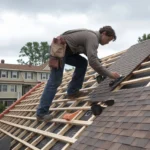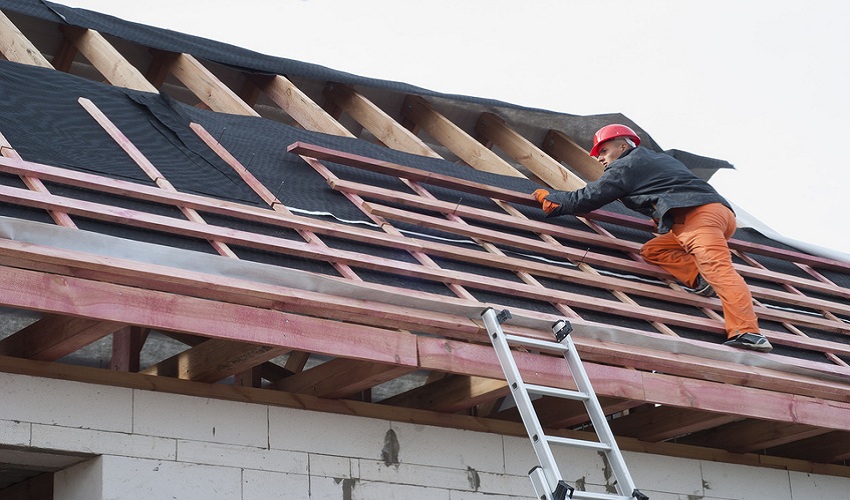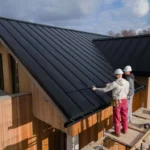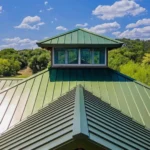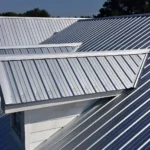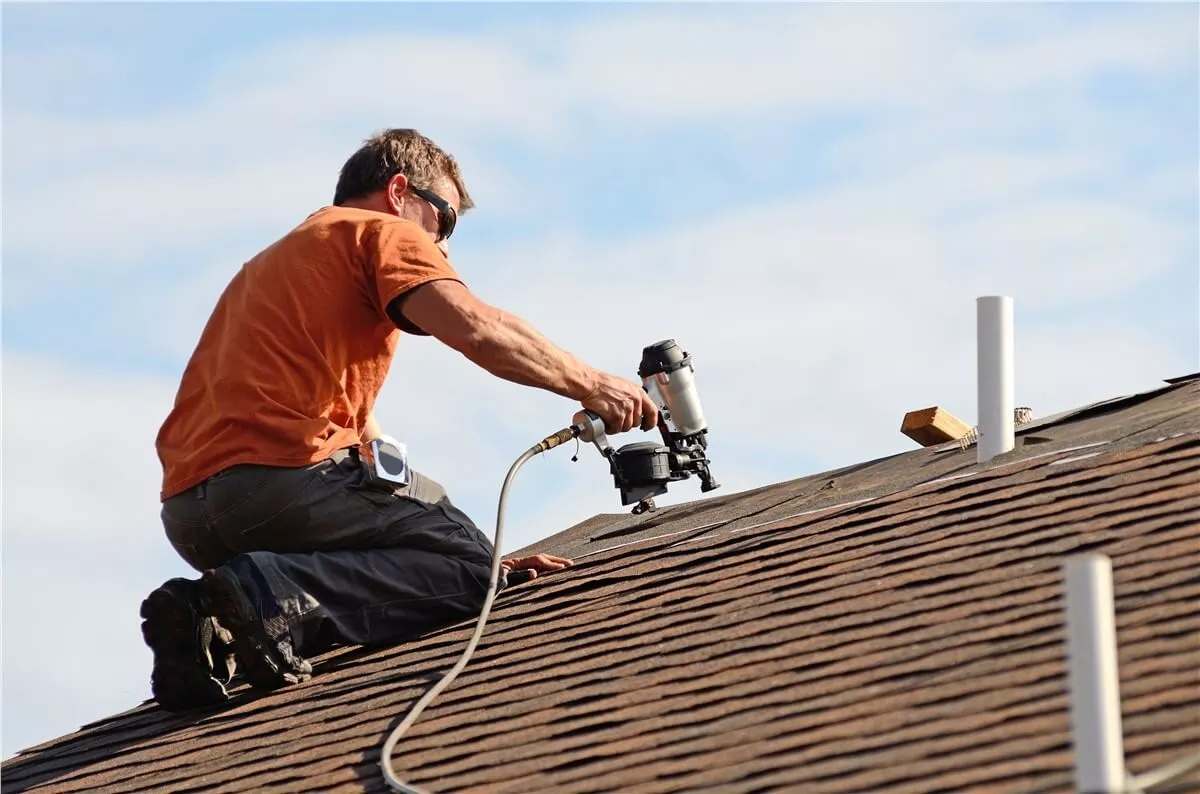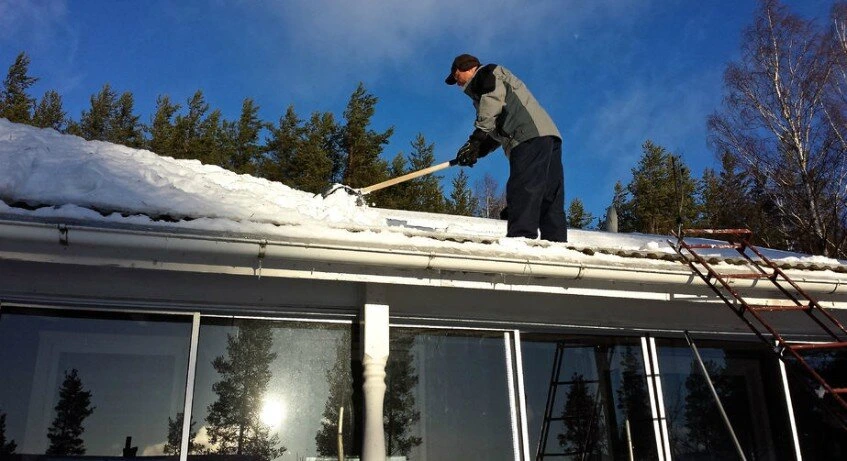
Winter can be treacherous for roofs. Heavy snow and ice accumulate, leading to potentially hazardous situations. To avoid roof damage or injury, vigilant maintenance is crucial. As temperatures drop, now is the ideal time to prepare. Call a San Jose roofing contractor for an inspection and to discuss safeguarding tactics.

When flurries begin to fall, implement a regular roof inspection routine. Use binoculars to spot trouble from the ground before venturing onto slippery surfaces. Look for sagging areas that could indicate built-up snow weight. Also check for ice dams along the roof eaves and valleys. These frozen blockages prevent melting snow from properly draining, allowing backing up and leaks.
Safe Snow Removal
Removing excess snow protects roof integrity. Use extreme caution when attempting this yourself. Steep, icy rooftops can be perilous, even for professionals. An accidental fall or puncture from your shovel can lead to personal harm or structural issues.
Consider hiring a licensed local roofer to clear snow, especially if:
- You need to climb a ladder to access trouble spots
- Large icicles dangle dangerously along the edges
- Deep drifts make walking slippery and unsafe
- You lack proper safety ropes, harnesses, etc.
When clearing on your own:
- Only use plastic shovels to avoid punctures
- Clear snow off in thin, even layers
- Do not allow snow/ice to remain layered more than a few inches thick
- Start from the roof edge and work towards the peak
- Keep your body weight centered and wear shoes with heavy traction
In rare cases, call emergency services if heavy snow or ice accumulation threatens collapse.
Preventing Early Spring Leaks
Once bitter cold arrives, it’s wise to prepare for the inevitable melt. During winter, heat from inside the home escapes through small cracks or inadequately insulated attics. This warmth meets freezing temperatures along the roofline, producing ice dams. As daytime sun then melts the snow, the resulting water has nowhere to drain. It backs up under shingles and flashings, causing leaks.
To minimize ice dams:
- Improve attic insulation to better contain indoor heat
- Install waterproof membrane beneath shingles, running several feet up from roof edges
- Attach heating cables along the eave-lines to melt snow on contact
- Remove early snow buildup before it becomes packed ice
When daylight thaws leave puddles pooling above these ice blockages, use a flat shovel to gently break through. This allows water to properly drain off. Be extremely careful not to damage shingles or flashings underneath. Consider hiring an insured professional instead.
Detecting and Repairing Leaks
Sometimes, diligent winter prep still fails. Don’t ignore signs of water damage, which worsens over time. Typical evidence includes:
- Water spots or stains on ceilings and walls
- Bubbling or peeling interior paint
- Mold or mildew smells
- Ponding on the roof after precipitation ends
Pinpoint the source of moisture before permanent repairs. Thaw ice dams completely, then wait for dry weather. Next, head up top with a garden hose. Have a partner inside alert you exactly where water trickles appear.
For minor leakage, apply sealant to cracks and holes, then check for thorough waterproofing. Use caulk around seams and flashings that protect roof penetrations like plumbing vents. Refresh weathered or missing shingle sealant strips.
Safely Planning Roof Replacements
If your roof nears the end of its functional lifespan, winter is not the ideal time for replacement. But large storms may force your hand. Plan ahead with a reputable local contractor on standby for emergency re-roofing needs.
While managing winter roofing brings unique hurdles, staying vigilant preserves structural integrity. Establish careful snow removal routines. Improve attic insulation and install protective barriers. Respond promptly to any leakage. Most importantly, call a San Jose roofing contractor for hands-on help when safety or complexity exceeds DIY capabilities. With proper preparation, your roof can stand strong against whatever winter weather comes its way.

Elena Mohr is a dedicated home blogger who has been blogging for over six years. She covers everything home related. Elena also loves writing posts about her travels to Europe with her husband and two children.


